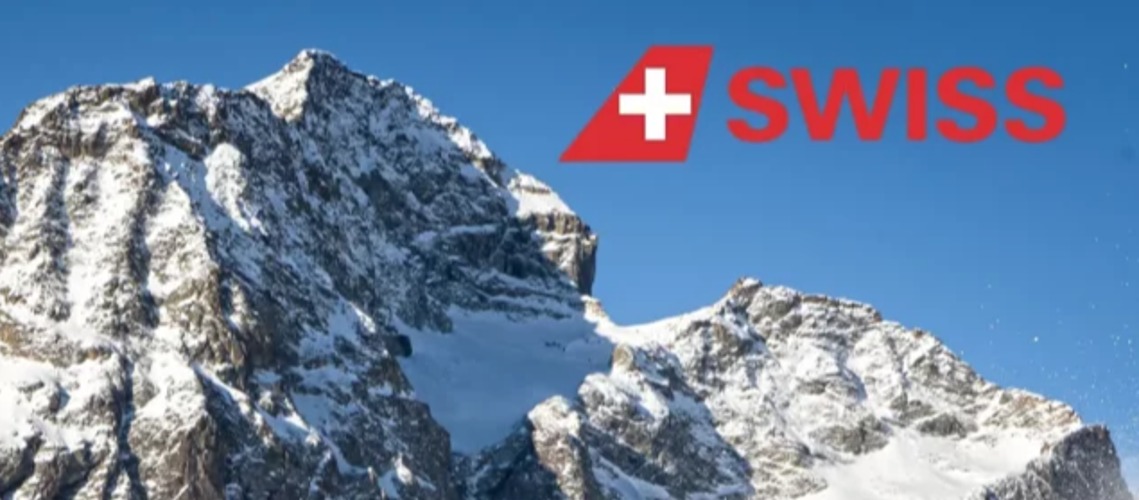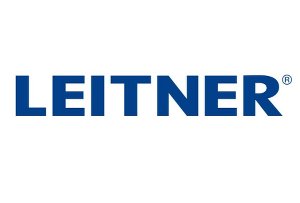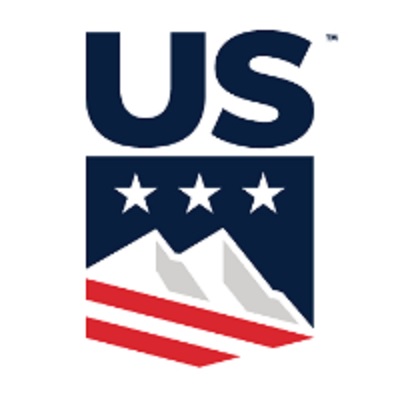Successful Summer For Swiss Lift Co's

Swiss mountain railways can look back on a successful 2025 summer season. Following a strong start, stable weather conditions and the desire for relaxation in the mountains led to significant increases. First-time visitors across Switzerland were 13% higher than the previous year and even 24% above the five-year average.
For its seasonal monitoring, the Swiss Cable Car Association (SBS) analyzes the number of visitors (first-time entries) from over 120 members throughout Switzerland. The figures now available allow for an analysis of the entire 2025 summer season, from its start until the end of October.
A successful end to the season in golden October
After a very strong start in June, the mountain railways experienced a mixed July, but have seen an increase in recent months. Overall, the number of visitors rose by 13% compared to the previous year. Looking at the peak season of October alone, there were 29% more visitors using cable cars than in October 2024. Cable cars serving predominantly overnight guests or those with a balanced mix of visitors performed better (+39%) than those primarily serving day visitors (+21%).
Regional differences
A closer look at the individual regions reveals regional differences and special characteristics. All regions recorded an increase compared to the previous year. The Vaud and Fribourg Alps saw the largest increase in visitors at 25%. The Bernese Oberland follows in second place with 20%, followed by Valais with 15%. Graubünden and Eastern Switzerland are tied at 10% each, closely followed by Central Switzerland (9%) and Ticino (8%).
Railways with predominantly domestic guests have an advantage.
Looking at the origin of guests, it is evident that railways with a predominantly domestic audience were able to record a slightly stronger increase in guests (+14%) over the entire summer than railways with predominantly foreign guests or a balanced guest mix (+10%).
The most successful were the cable cars with annual revenues between 5 and 20 million Swiss francs: they increased their passenger numbers by 19% compared to the previous year, clearly exceeding the industry average (e.g., Bergbahnen Meiringen-Hasliberg AG, Remontées Mécaniques de Grimentz-Zinal SA, Gondelbahn Grindelwald-Männlichen AG, Télé Villars-Gryon-Diablerets SA). Smaller (under 5 million Swiss francs) and very large cable cars (over 20 million Swiss francs), on the other hand, achieved slightly below-average growth, with approximately 10% more passengers each.
Comparison with the 5-year average
Looking at the entire season from May to October, the industry is clearly above the average of the last five years with 24% more guests.
This underscores that the summer season has established itself as a crucial pillar of the mountain railway industry. Regions with a high proportion of international guests are performing particularly well: the Bernese Oberland is the region with the largest increase (+48%), followed by the Vaud and Fribourg Alps (+36%) and Central Switzerland (+33%). Ticino and Valais also show positive changes of 19% and 12% respectively, while Graubünden and Eastern Switzerland remain stagnant.
Compared to the five-year average, cable cars with predominantly international guests show particularly strong growth (+32%). Facilities with mostly domestic guests or mixed audiences saw a less pronounced increase of +13%. The difference between these guest segments is partly explained by the two summers impacted by the pandemic in the five-year average, as international travel was severely restricted at that time.
“The strong summer season underscores the growing importance of year-round tourism and the good positioning of mountain railways as attractive leisure partners. Looking ahead to winter, the industry is confident, knowing that success also depends on the weather,” says Berno Stoffel, Director of Swiss Cableways (SBS).














